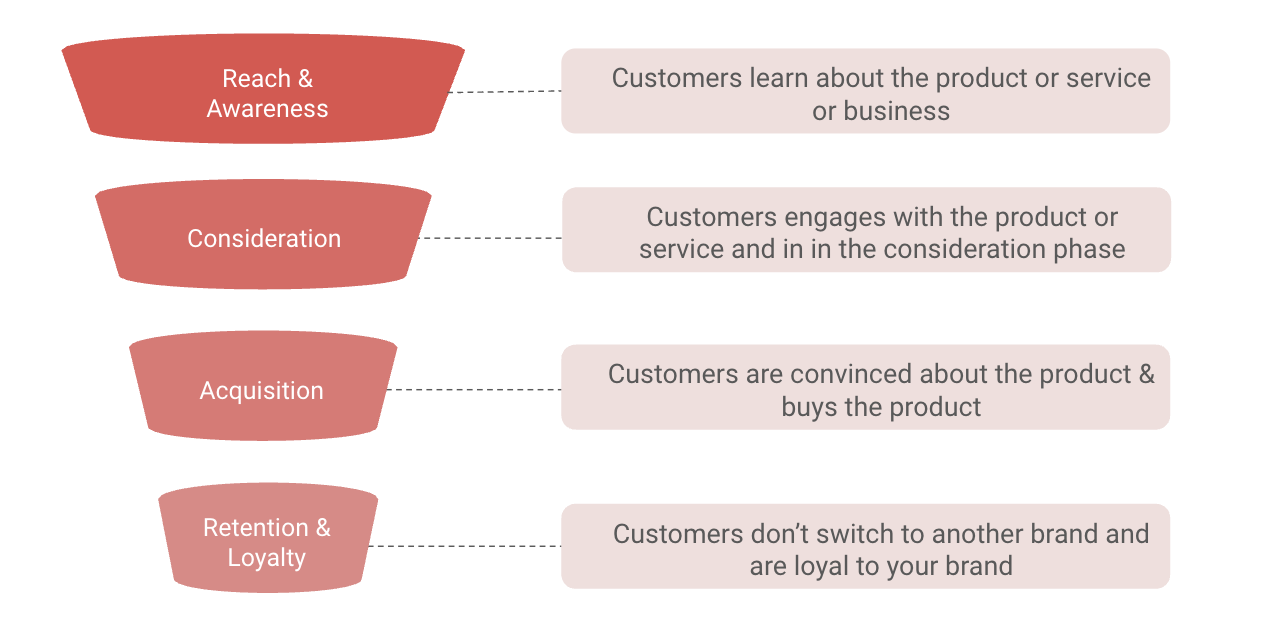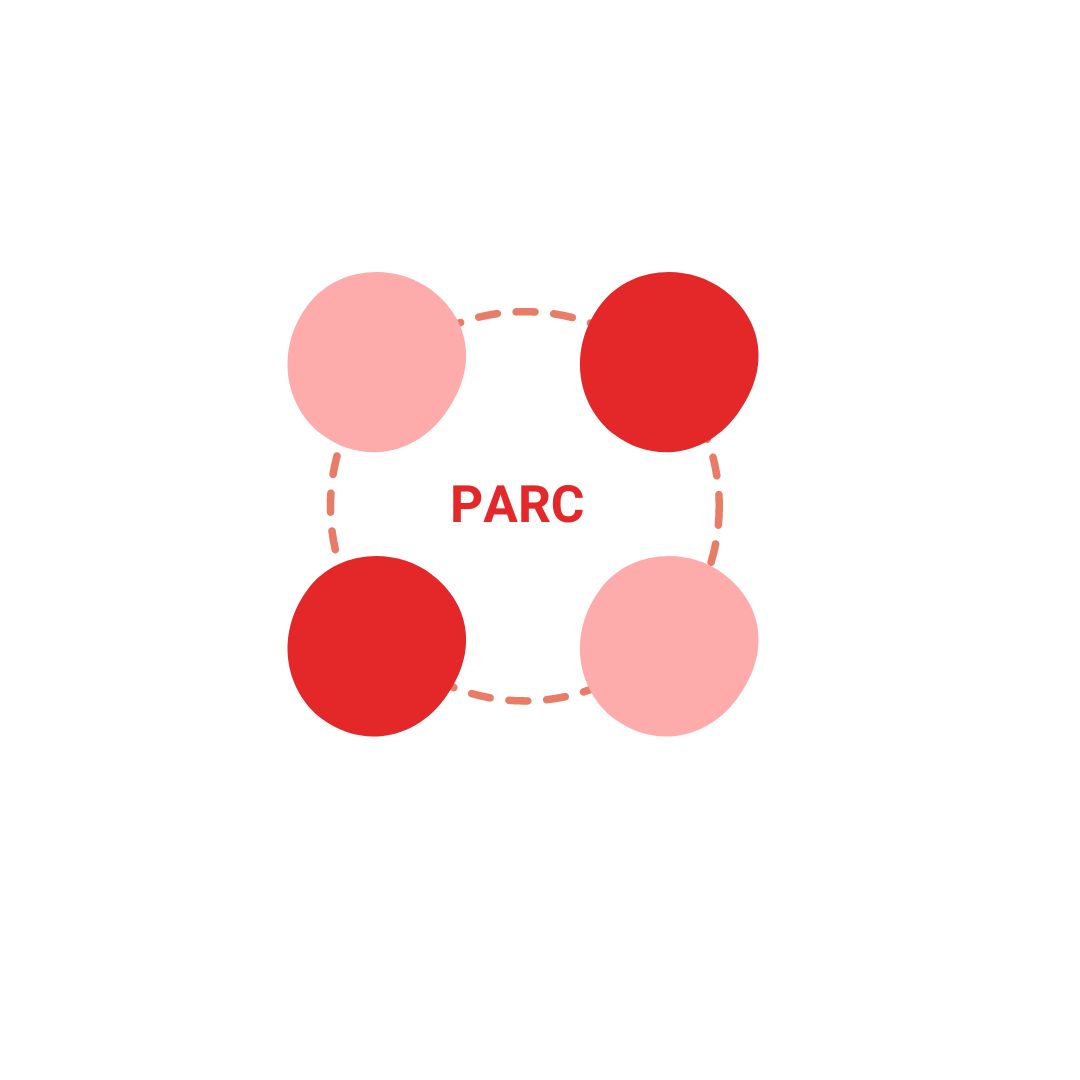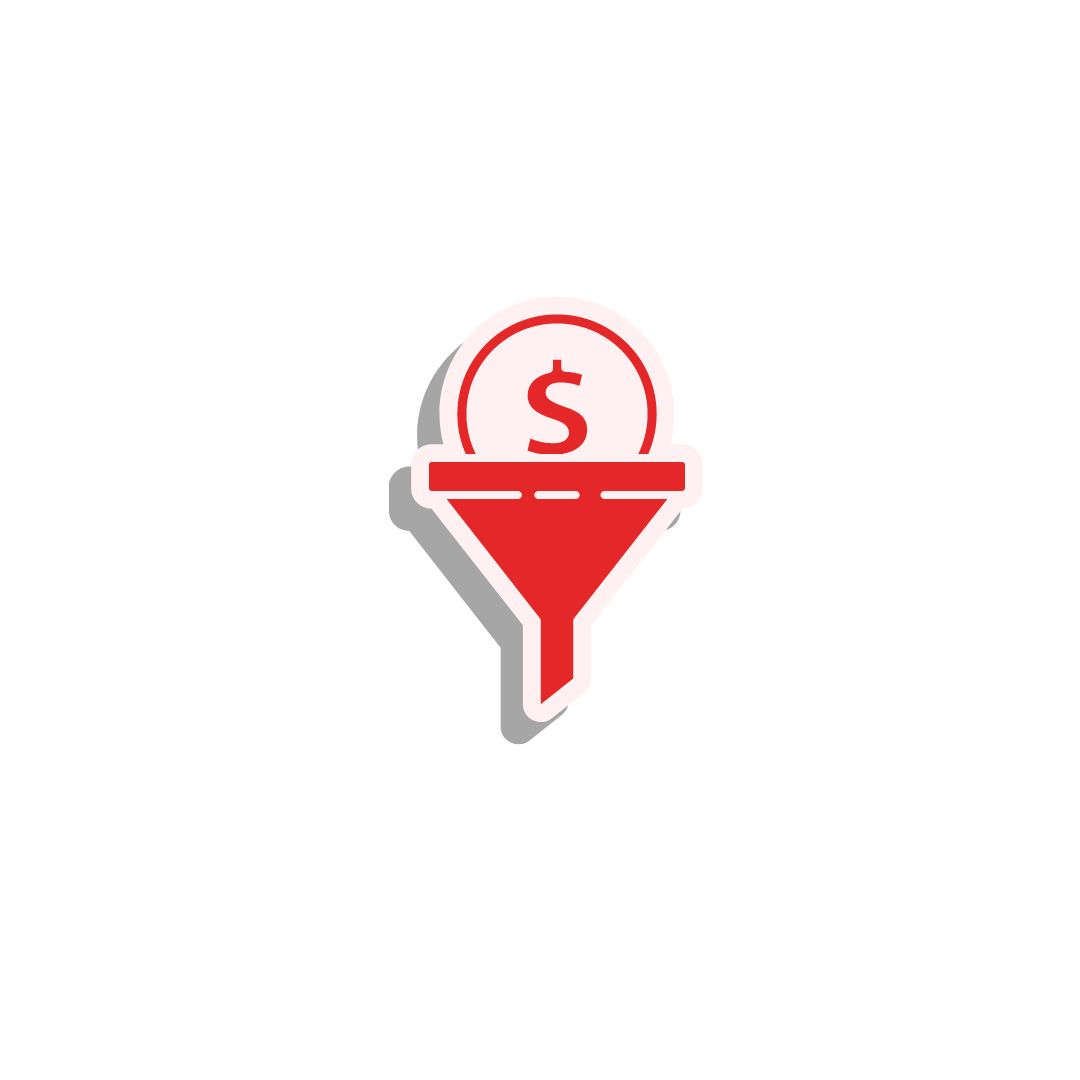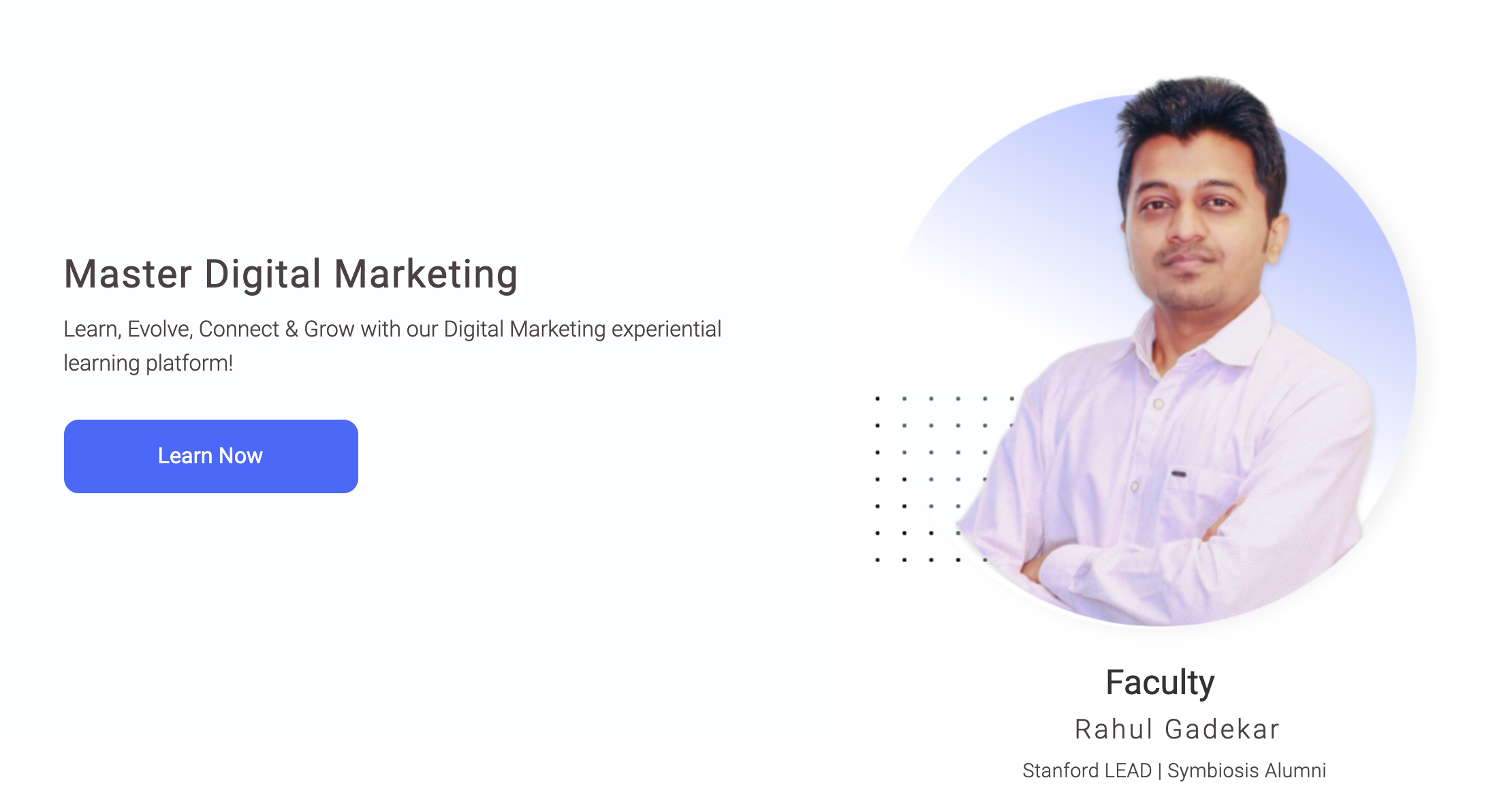In today’s competitive business landscape, understanding and effectively catering to your customers’ needs and preferences is more crucial than ever. This journey, known as the “customer journey,” holds the key to building lasting relationships and driving business growth. In this blog, we will explore the concept of the customer journey, its various stages, how to create one, and the numerous benefits it offers to businesses.
What is a Customer Journey?
Customer Journey is a visual representation of how a customer gets aware of your brand, interacts with your brand and becomes loyal to your brand.
At its core, a customer journey refers to the entire sum of interactions a customer has with a brand, from the initial point of contact to post-purchase experiences. It encompasses every touchpoint a customer encounters along the way, whether it’s through marketing efforts, sales interactions, customer support, or product usage. Understanding the customer journey provides insights into how customers engage with a brand, their pain points, motivations, and expectations.
Building a customer journey helps to connect with customers at different stages of the funnel with different communication pieces.
Below are different stages of Customer Journey

How to Create Customer Journey
Creating an effective customer journey involves understanding your target audience, mapping out touchpoints, and tailoring experiences accordingly:
a) Understand Your Audience:
Research and create customer personas to understand your audience’s demographics, behaviors, pain points, and motivations. This insight will guide your strategy.
b) Map Touchpoints:
Identify all the potential touchpoints where customers interact with your brand. This includes website visits, social media engagement, emails, advertisements, and more.
c) Personalize Experiences:
Craft personalized experiences for each stage of the journey. Provide relevant content, recommendations, and solutions based on customer needs and preferences.
d) Gather Feedback:
Regularly collect feedback from customers to identify areas for improvement and to refine their journey further.
Let’s try to understand with an example of R Academy’s (an experiential learning platform focused on Digital Marketing), customer journey for a scenario where a student is looking to build career in digital marketing.
Here is a customer journey map, which articulates what the student is doing at the research stage, awareness stage, interest stage & consideration stage, further what the students is thinking/feeling at different stages.

Once you have defined customer journey map, it will help you to develop different ad communication pieces, based on what your customers are going through, which will motivate the customer to move ahead in the journey. Further you can also run experiments with different messages to learn from what is working and what’s not.
Here is a customer journey map template which you can use to build your customer journey map
Benefits of a Customer Journey
Implementing a well-defined customer journey can offer a host of benefits to your business:
a) Enhanced Customer Satisfaction:
By understanding customer needs and providing tailored experiences, you can significantly improve customer satisfaction and loyalty.
b) Improved Conversion Rates:
A well-crafted customer journey addresses potential obstacles and encourages smoother transitions from one stage to the next, leading to higher conversion rates.
c) Better Resource Allocation:
Understanding the customer journey enables you to allocate resources more effectively, focusing on areas that have the most impact.
d) Data-Driven Insights:
Analyzing customer interactions throughout the journey provides valuable data to make informed business decisions and refine your strategies.
e) Brand Differentiation:
A customer-centric approach distinguishes your brand from competitors and helps build a positive reputation in the market.
Conclusion:
The customer journey is not a one-size-fits-all concept; it’s a dynamic process that requires ongoing evaluation and adaptation. By grasping the different stages, mapping touchpoints, and crafting personalized experiences, businesses can build stronger connections with customers, drive growth, and establish their brand as a trusted partner in solving customer needs. Embrace the customer journey, and navigate your way to success in the ever-evolving world of business. Use the template and start defining your customer journey!







